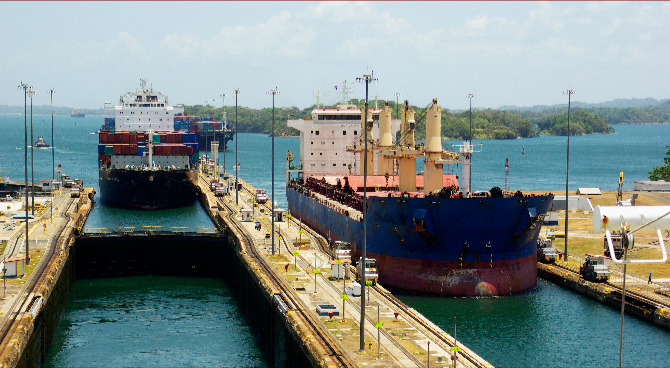Relocate Magazine just ran an article reporting that According to the World Economic Forum’s Global Competitiveness Report 2014-2015, Chile has the strongest performing economy in Latin America and Panama, the most competitive in Central America.
Covering 144 economies, the Global Competitiveness Index 2014–2015 measures national competitiveness—defined as the set of institutions, policies and factors that determine the level of productivity.
Since 2005, the World Economic Forum has based its competitiveness analysis on the Global Competitiveness Index (GCI), a comprehensive framework that measures the microeconomic and macroeconomic foundations of national competitiveness, grouped into 12 categories:
- Institutions
- Infrastructure
- Macroeconomic environment
- Health & primary education
- Higher education and training
- Goods market efficiency
- Labour market efficiency
- Financial market development
- Technological development
- Market size
- Business sophistication
- Innovation
The report’s overall conclusions about the region include the analysis that:
“Latin America needs to address its productivity challenge and boost competitiveness to keep the positive economic momentum of past years. The region must implement structural reforms to improve the functioning of its markets and invest in infrastructure, skills development and innovation.”
The report also judges:
“Latin America and the Caribbean
The economic deceleration that started in 2012 continued in 2013, with an estimated growth rate for the region below 3 percent. For 2014, growth forecasts are not more optimistic and, according to the IMF, the region is poised to grow at only 2.5 percent, below the trend of recent years.
Overall, the region continues to suffer from strong headwinds related to weak investments, a fall in exports and commodity prices, and tighter access to finance that, to a large extent, fuelled growth in recent years. Building the economic resilience of the region will depend on its capacity to strengthen the fundamentals of its economy by boosting its level of competitiveness. However, regional productivity continues to be low and trailing other emerging or advanced economies. A lack of sufficient investments in growth-enhancing areas, such as infrastructure, skills development, and innovation, coupled with insufficient and delayed reforms needed to improve business conditions and the allocation of resources, result in a certain inability of the local economies of the region to move toward tertiary education (42nd); well-functioning institutions (33rd), despite some concern about the government efficiency in managing public spending (57th); and solid infrastructure (28th).”
